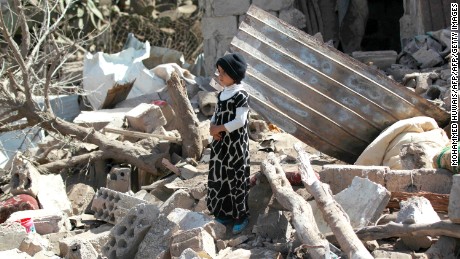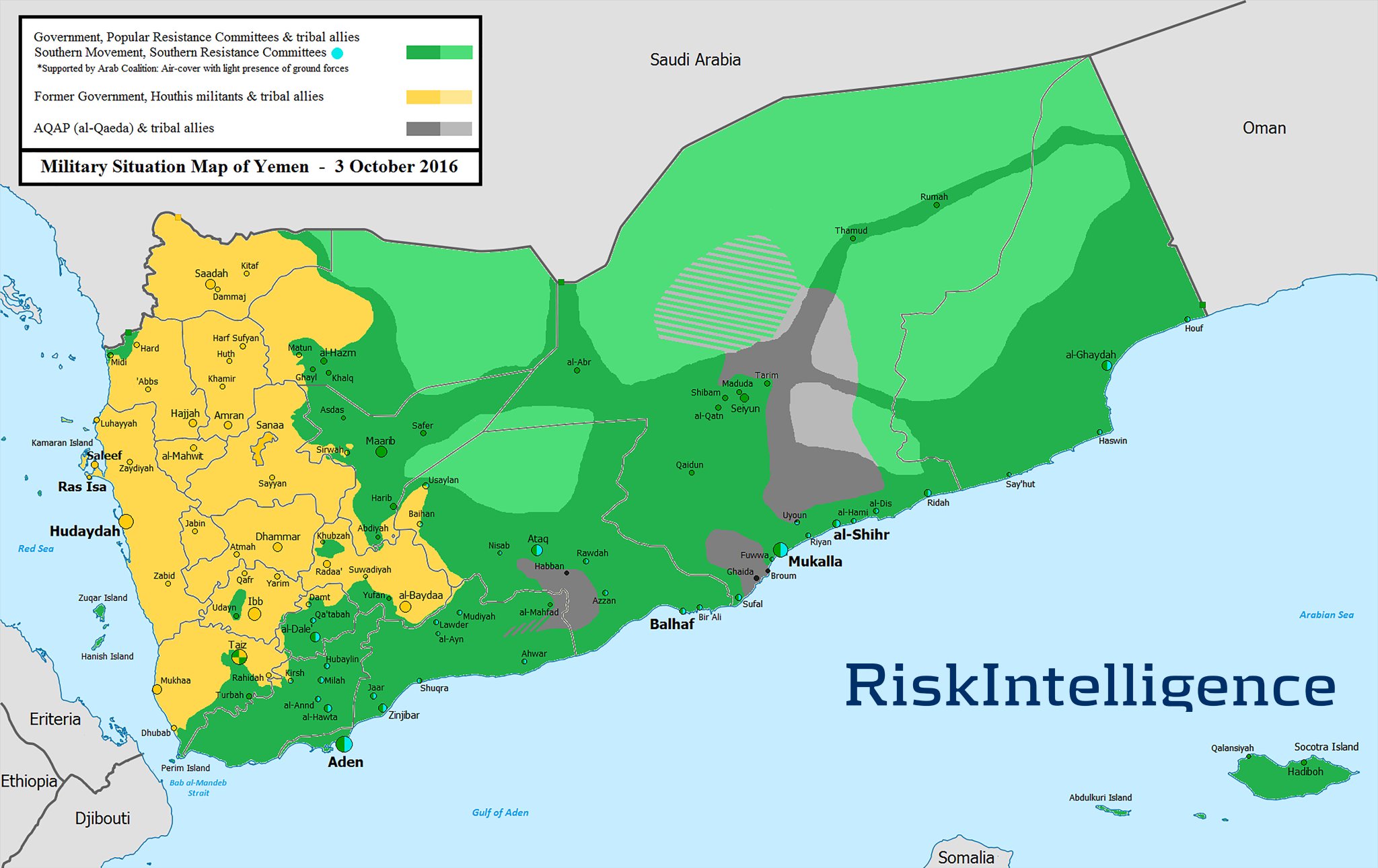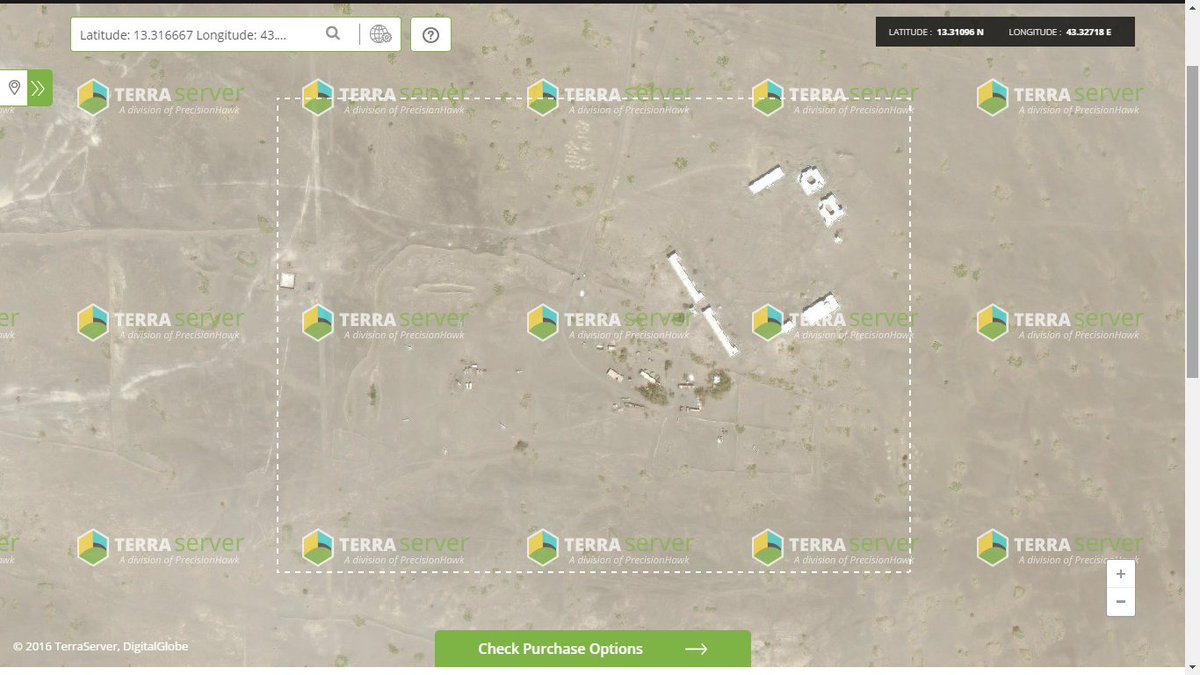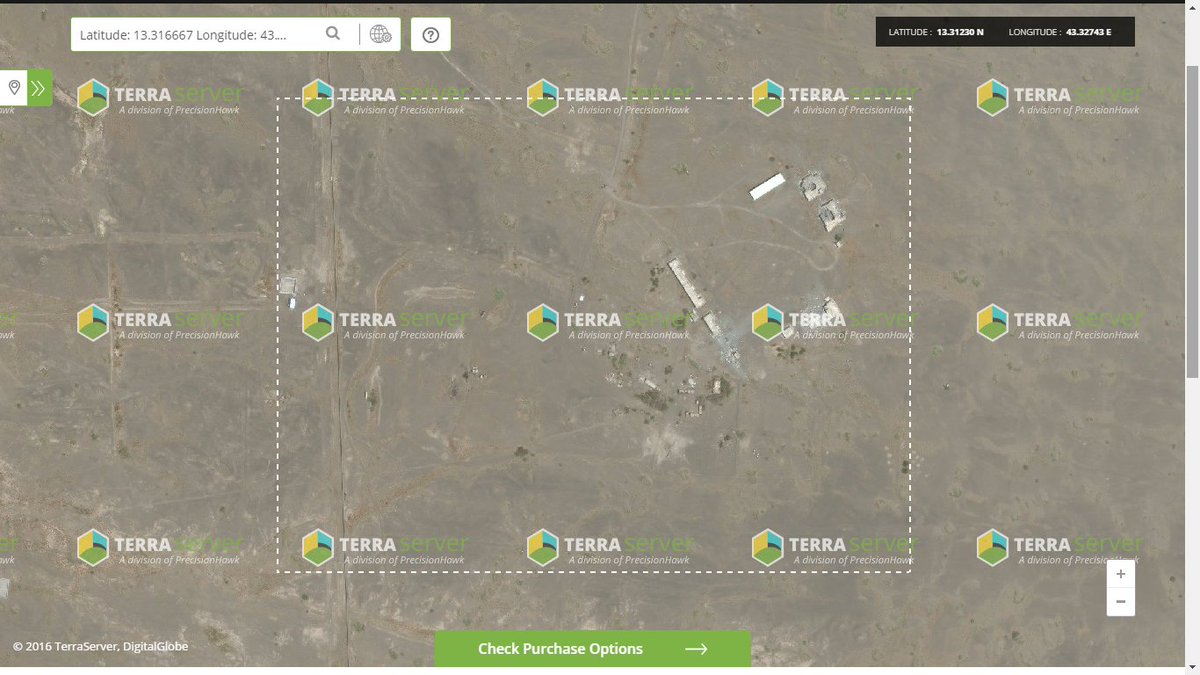
Dozens of schools and hospitals have been bombed. Foreign powers have carried out deadly airstrikes. Political chaos has created a vacuum for militant groups like ISIS to flourish and sieges have cut off rebel-held areas from desperately needed aid.
You might think this is a picture of war-torn Syria, but it is in fact Yemen, where a bloody civil war has created what the UN calls a "humanitarian catastrophe."
Since the conflict began in 2015, an estimated 10,000 people have been killed, according to the UN.
Harrowing photos of children wasting away are undoubtedly the most telling images of Yemen's war. UNICEF reports that 1.5 million children are currently malnourished in the country, 370,000 of them severely. On top of this, 178 schools have been attacked, according to data collected by the Yemen Post.
"The scale of suffering as a result of the ongoing conflict in Yemen is shocking. An estimated 21.2 million people, which constitutes nearly 80% of the total population, need humanitarian assistance. Almost half of those in need are children," said UNICEF Yemen Representative Meritxell Relano.
On the day before Eid al-Adha -- considered by many to be the holiest Muslim holiday -- the coalition pounded a group of farmers digging a well in rebel-held Beit Saadan, north of Sanaa, killing at least 48 people, including first responders and children, according to three security sources in Beit Sadaan, who did not want to be named.
Abdul Malik Ali Wajeeh, a local resident and witness, lost his cousin, who was trying to rescue those buried in rubble from the initial strike.
"It's not the first time rescuers have been attacked by Saudi airstrikes, and people are aware that could happen. But you can't watch loved ones die and do nothing to help," he said.
But the Yemen Post collated information from official sources that at least 69 other civilians were killed in strikes the following week, including several as they slept in their homes and others as they celebrated Eid. The media has been largely silent on these attacks.
The conflict
The conflict began in early 2015, when Houthi rebels -- a minority Shia group from the north of the country -- drove out the US-backed government, led by President Abdu Rabbu Mansour Hadi, and took over the capital, Sanaa.
The crisis quickly escalated into a multi-sided war, which allowed al Qaeda and ISIS -- other enemies of the Houthis -- to grow stronger amid the chaos.
The Houthis are backed by Iran and its members follow the Shia Islamic branch of Zaidism. Zaidis make up around a third of Yemen's population and ruled the country's north for almost 1,000 years until 1962.
A coalition led by neighboring Saudi Arabia began its air raids on the country in support of Hadi's government in March last year.
Why Yemen barely gets attention
"It's a complicated and messy conflict, it's hard to report on well, and it's hard to find a good guy and a bad guy," said Peter Salisbury, an associate fellow from the Middle East and North Africa Program at London-based Chatham House.
"There are a lot of issues with accessibility -- it's very hard to get into Yemen during the war, and if you do, it's not the easiest environment to get around in.
"It's expensive and it's not full of freelance journalists. It's a hard to sell to editors," he said.
"The Yemen war remains regional because there is no major international backer on the other side of the conflict. And the Americans and the UK don't have any real strategic interest in Yemen, which is why they have decided to back the Saudis. For them, the strategic imperative in Yemen is really to keep the Saudis happy and to maintain a degree of stability in the Gulf," Salisbury said.
More here
http://edition.cnn.com/2016/10/06/middleeast/yemen-conflict/index.html
The picture of a malnourished boy might be unsettling to some

Lock if old








